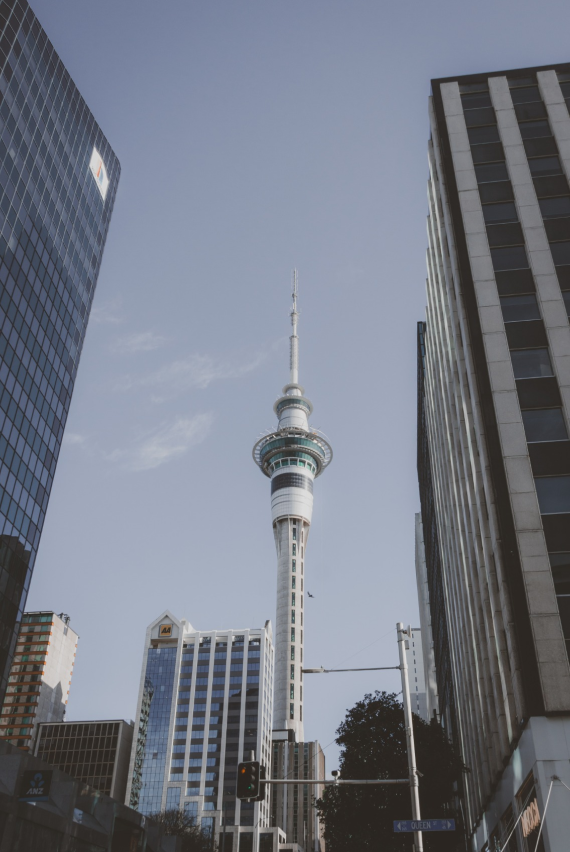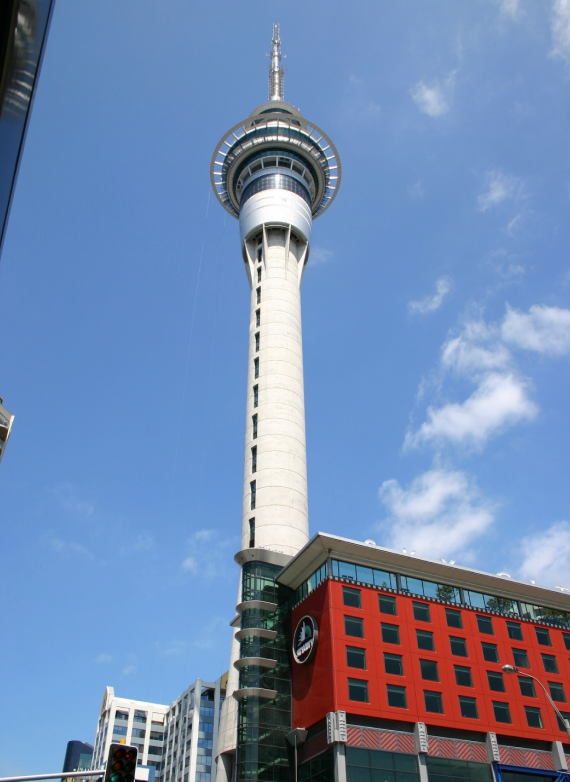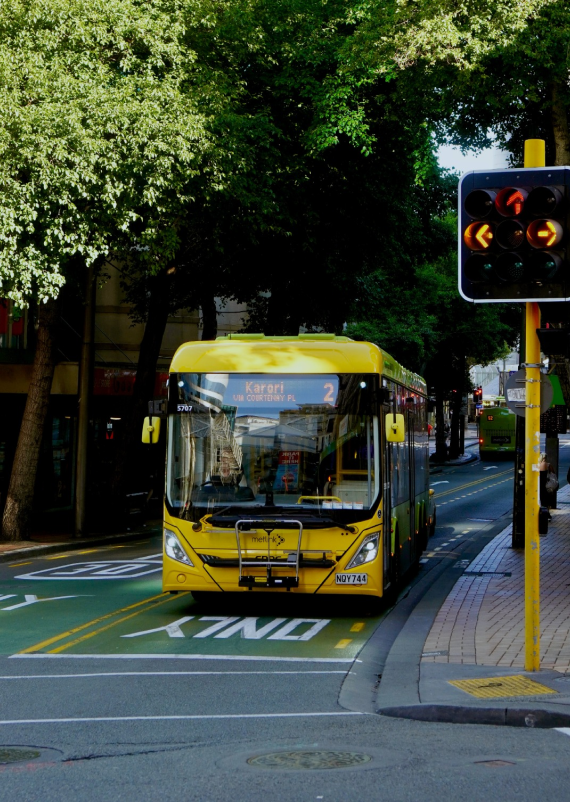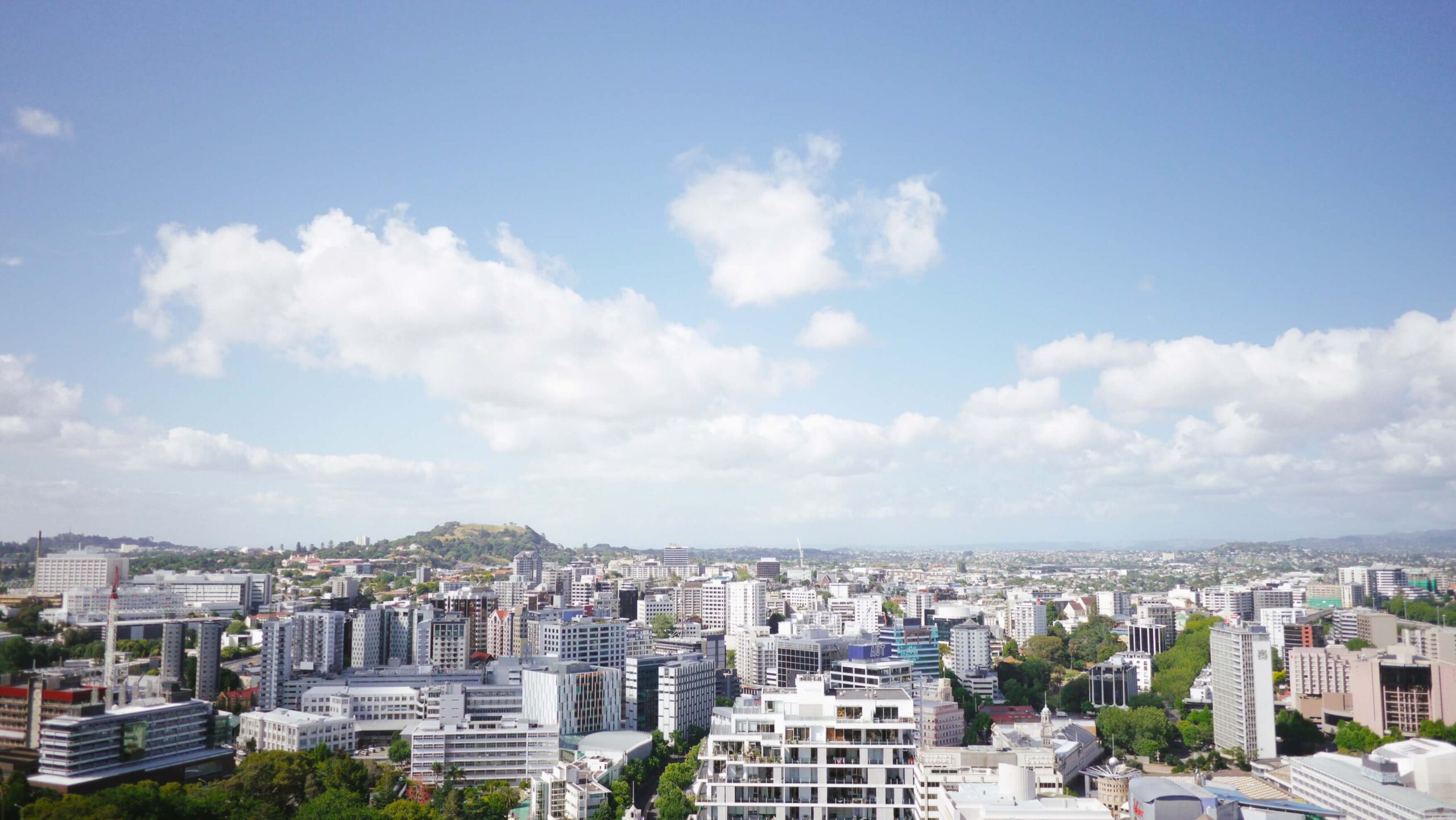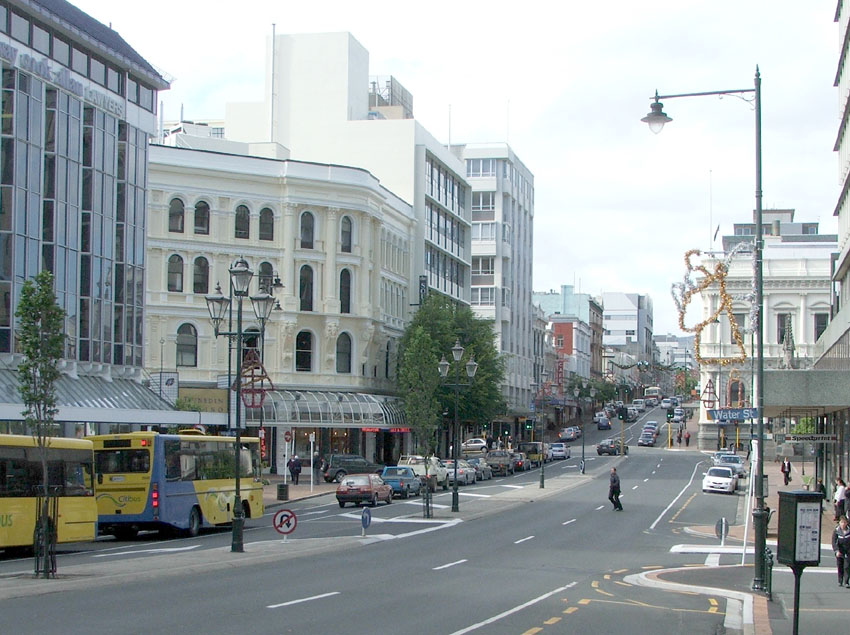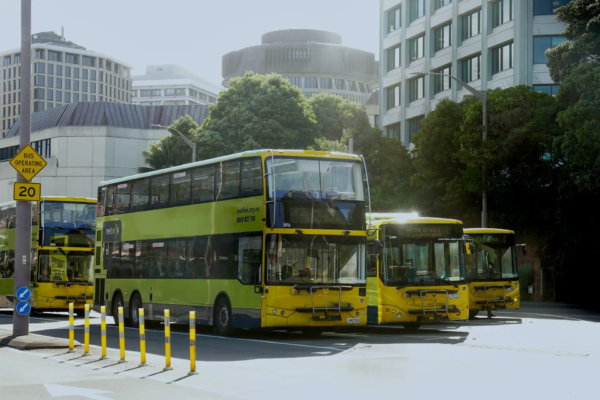21 Commute trips reduction (CTR) programs.
21.0.1 Description
Programs that assist and encourage workers to use of resource-efficient commute options.
21.0.2 Type of travel affected
Commute travel, which typically represents 20% of total personal travel and a larger share of urban-peak travel.
21.0.3 How travel and emission effects can be measured and modelled
Impacts can be evaluated using examples and case studies, special travel impact models, or general transportation models. Commute trip reduction programs that only rely on encouragement campaigns, plus favorable parking for carshare vehicles and parking, typically reduce 5-15% of affected auto trips, while those that include significant financial incentives, such as cost-recovery parking pricing or parking cash out, typically reduce 15-30% of auto trips.
For example, the Washington State Commute Trip Reduction (CTR) Program (https://wsdot.wa.gov/transit/ctr/home) produces regular reports about the program’s effectiveness (Cotton et al., 2012). The Washington State CTR law was enacted in 1991 to improve air quality, reduce traffic congestion, and decrease fuel consumption through employer-based programs that encourage alternatives to driving alone to work. Today the program focuses on commuters traveling to large worksites and dense employment centers in congested urban areas. In 2010, approximately 570,000 employees commuted to 1,100 worksites covered under the law. This CTR market represents approximately one quarter of the state workforce, or about 25% of the commute-related vehicle miles travelled (VMT) in the state, and 6% of all VMT in the state.
The program is a partnership between the State Department of Transportation, regional and local governments, major employers, public transit agencies, and employees. The state invests a total of $5.7 million every two years which are mostly distributed to local governments, which also invest their own resources to assist employers in the development and implementation of CTR programs. Employers contribute far more to the program than they receive from governments, more than $16 for each $1 invested by the state, but benefit from parking facility cost savings and improved employee performance.
Detailed statistical analysis of the program found that, controlling for other variables, a parking fee, transit subsidy, teleworking option and worksite amenity increase the odds for an employee of being a non-SOV commuter by 53%, 58%, 15%, 24%, respectively (Wu, 2018). Overall, the CTR policy package increases the probability for a typical employee of being a non-SOV commuter by 22%.
Spack and Finkelstein (2014) measured actual trip generation at various office buildings. They found that office buildings that implemented TDM Plans generate, on average, 34% to 37% less traffic and need 17% to 24% fewer on-site parking spaces than the Institute of Transportation Engineers models predict.
21.0.4 Secondary impacts
Commute trip reduction programs can provide significant co-benefits. Since many commutes occur under urban-peak conditions, CTR are particularly effective at reducing traffic congestion, parking costs and local pollution.
21.0.5 Key Information sources
ABC (2014), Establishing an Effective Commute Trip Reduction Policy in Massachusetts: Lessons Learned from Leading Programs, A Better City (www.abettercity.org); at www.abettercity.org/docs/Effective%20TRO%20Final.pdf.
Boarnet, Marlon G., Hsin-Ping Hsu and Susan Handy (2014), Policy Brief on the Impacts of Employer-Based Trip Reduction Based on a Review of the Empirical Literature, for Research on Impacts of Transportation and Land Use-Related Policies, California Air Resources Board (http://arb.ca.gov/cc/sb375/policies/policies.htm); at www.arb.ca.gov/cc/sb375/policies/ebtr/ebtr_bkgd.pdf.
Seattle (2019), Commute Trip Reduction Strategic Plan 2019-2023, City of Seattle (www.seattle.gov); at https://bit.ly/3cIyuTh.
Spack, Mike and Jonah Finkelstein (2014), Travel Demand Management an Analysis of the Effectiveness of TDM Plans in Reducing Traffic and Parking in the Minneapolis-St. Paul Metropolitan Area, Spack Consulting (www.spackconsulting.com); at www.mikeontraffic.com/wp-content/uploads/2014/01/TDM-Plan-Effectiveness-Study.pdf.
Study found that office Travel Demand Management Plans reduced their trip generation by 34% to 37%, and their parking demands by 17% to 24%.
Washington State Commute Trip Reduction Program (https://wsdot.wa.gov/transit/ctr/home). Also see, Keith Cotton, et al, (2012), "Washington State Commute Trip Reduction Program: Reducing Emissions and Growing the Economy by Managing Transportation Demand," TR News, 281, pp. 28-33, at www.ctrboard.org/library/CTR%20story%20for%20TR%20News.pdf.
Describes Washington State’s commute trip reduction law and programs, and its impacts. It finds that CTR programs reduced the drive-alone rate by 4.8 percent and the VMT per employee by 5.6 percent.
WRI (2019), Reducing Demand for Vehicle Trips in Cities – Learning Guide, The City Fix (https://thecityfixlearn.org); at https://thecityfixlearn.org/en/learning-guide/reducing-demand-vehicle-trips-cities.
This short guide describes why and how cities can implement transportation demand management policies and programs.
WRI (2019), The Role of Companies in Improving Urban Mobility – Learning Guide, The City Fix (https://thecityfixlearn.org); at https://thecityfixlearn.org/en/learning-guide/how-develop-trip-reduction-ordinance.


